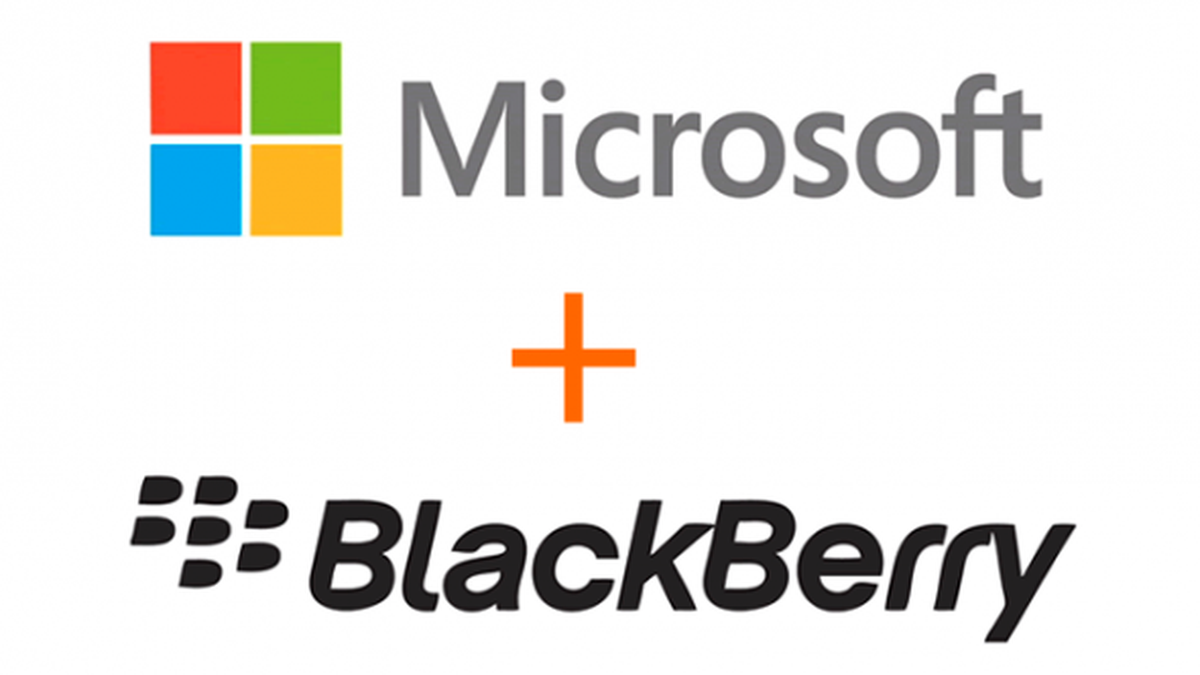Space fans won't have to wait long for major launches to begin in 2025. NASA is kicking off the new year with a big mission to the moon. The upcoming mission includes the Blue Ghost lunar lander from Firefly Aerospace and the Tenacious lunar rover from the Japanese company ispace and is part of NASA's Commercial Lunar Payload Services program.
Blue Ghost's main mission will be research. The lunar lander will launch and spend its first 8 hours making sure all of its systems work. From there, it'll hang out in Earth's orbit for 25 days taking measurements and waiting for the right time to fling itself to the moon. After four days in transit, Blue Ghost will spend 16 days in lunar orbit collecting more data before descending to Mare Crisium, one of the largest basins on the moon.
Blue Ghost's mission plan shows orbits around Earth and the moon before landing on the lunar surface.
Firefly AerospaceOnce there, it'll spend one lunar day — which is about 14 Earth days — taking measurements with 10 NASA payloads. The instruments will measure subsurface thermal data, radiation levels and other planetary details. It will also measure regolith, which is the loose dirt and sediment that often settles on airless planetary bodies like the moon. The regolith research will aid in dust mitigation on future lunar missions.
At the end of its mission, Blue Ghost will snap some pictures of the lunar sunset as night descends. The lander isn't meant to return to Earth, so once night falls, the lander will have about 5 hours to perform its final actions before going offline. Firefly Aerospace says that should be more than enough time to take pictures of the sunset and beam them back to Earth. Once it goes offline, that's the end of the story for Blue Ghost.
The Tenacious mission plan will have it rendezvous with the Hakuto-R lunar lander before performing its tasks.
iSpaceAlong with Blue Ghost, NASA will be sending ispace's Tenacious lunar rover to the planet's surface. It's one of the smallest planetary rovers ever designed, and it wouldn't look out of place in an RC car toy shop. Tenacious measures at 26 centimeters (10 inches) tall and weighs just 5 kilograms (11 pounds).
Tenacious is part of the second Resilience mission. The first mission took place in 2022 with the similarly small Hakuto-R lander.
Tenacious will launch with Blue Ghost, then Tenacious will land at the Atlas crater in Mare Frigoris and establish a connection with the Hakuto-R lander. That's how data will make its way back to Earth.
Tenacious will use its equipment to conduct food production experiments, detect radiation, conduct water electrolysis and collect regolith.
When is the Blue Ghost and Resilience launch?
From talking fridges to iPhones, our experts are here to help make the world a little less complicated.
NASA says the launch is slated for a six-day window in mid-January, but the exact dates have yet to be confirmed.
When the launch does happen, it'll lift off from Launch Complex 39A at the Kennedy Space Center in Florida. SpaceX will supply a Falcon 9 Block 5 rocket for the launch.
From talking fridges to iPhones, our experts are here to help make the world a little less complicated.
Can I stream the Blue Ghost and Resilience launch?
Yes. A representative for NASA told CNET that the launch will be streamed live. No official announcements have been made yet but keep an eye on NASA's upcoming events page for more details as they're announced. We will update this article when we know more.
What are the mission's payloads?
In all, there will be 15 total payloads -- the elements of the spacecraft dedicated to producing and relaying mission data -- headed to the moon. Five of them are going with Tenacious and 10 with Blue Ghost.
Blue Ghost payloads:
Lunar Instrumentation for Subsurface Thermal Exploration with Rapidity (LISTER) from Honeybee Robotics
Lunar PlanetVac (LVP) from Honeybee Robotics
Next Generation Lunar Retroreflector (NGLR) from the University of Maryland
Regolith Adherence Characterization (RAC) from Aegis Aerospace
Radiation Tolerant Computer (RadPC) from Montana State University
Electrodynamic Dust Shield (EDS) from NASA Kennedy Space Center
Lunar Environment heliospheric X-ray Imager (LEXI) from Boston University, NASA Goddard Space Flight Center, and Johns Hopkins University
Lunar Magnetotelluric Sounder (LMS) from the Southwest Research Institute
Lunar GNSS Receiver Experimental (LuGRE) from the Italian Space Agency and the NASA Goddard Space Flight Center
Stereo CAmera for Lunar Plume-Surface Studies (SCALPSS) from the NASA Langley Research Center
Resilience payloads:
Water electrolyzer equipment from Takasago Thermal Engineering Co.
A self-contained module for food production experiments from Euglena Co.
A deep space radiation probe developed by the Department of Space Science and Engineering at the National Central University in Taiwan
A commemorative alloy plate modeled after "Charter of the Universal Century" developed by the Bandai Namco Research Institute
The ispace Tenacious micro rover developed by ispace-Europe.









 English (US) ·
English (US) ·